Cooking without spices, herbs, and seasonings would be like painting without colors—possible, but missing the magic. At Home & Spice, we’ve seen how the letter C fills kitchens with some of the world’s most beloved flavors, from the warm spice of cinnamon to the refreshing lift of cilantro. These ingredients have crossed oceans, shaped trade routes, and turned humble meals into cultural landmarks.
In this guide, we’ll explore spices, seasonings, and herbs that start with C, each one with its own story to tell. You’ll discover where they come from, how they look and taste, the ways they’re used in cooking, the benefits they bring to our health, and even a fun fact or two. Together, they remind us that food is more than fuel—it’s tradition, creativity, and comfort served on a plate.
Spices that Start with C
1. Cinnamon

- Origin & History: Native to Sri Lanka and southern India; prized in ancient Egypt and traded on the Silk Road.
- Appearance: Brown, curled sticks (quills) or ground powder.
- Taste & Aroma: Sweet, warm, woody fragrance.
- Culinary Uses: Baked goods, curries, teas, and spice blends.
- Health Benefits: Supports blood sugar balance, rich in antioxidants.
- Fun Fact: Once so valuable it was considered a gift fit for kings.
2. Cloves
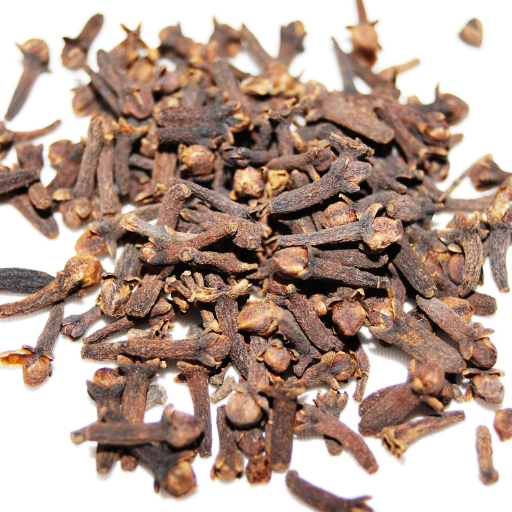
- Origin & History: Native to the Maluku Islands (Indonesia), traded globally for over 2,000 years.
- Appearance: Small, dried flower buds shaped like nails.
- Taste & Aroma: Strong, pungent, sweet-spicy.
- Culinary Uses: Used in meats, mulled wine, pickles, and desserts.
- Health Benefits: Natural antiseptic; clove oil is used for toothaches.
- Fun Fact: In ancient China, courtiers chewed cloves to freshen breath before addressing the emperor.
3. Cardamom (Green)

- Origin & History: Native to India; known as the “Queen of Spices.”
- Appearance: Small, green pods filled with black seeds.
- Taste & Aroma: Sweet, floral, slightly citrusy.
- Culinary Uses: Chai tea, curries, baked goods, and desserts.
- Health Benefits: Aids digestion, freshens breath.
- Fun Fact: Vikings discovered cardamom in Constantinople and brought it to Scandinavia.
4. Cumin

- Origin & History: Native to the Middle East; mentioned in ancient Egyptian texts.
- Appearance: Long, thin, brown seeds.
- Taste & Aroma: Warm, earthy, slightly nutty.
- Culinary Uses: Curries, Mexican chili, spice blends.
- Health Benefits: Supports digestion and boosts immunity.
- Fun Fact: Romans used cumin as a table condiment, much like black pepper today.
5. Coriander Seeds

- Origin & History: Native to the Mediterranean and Middle East; among the oldest known spices.
- Appearance: Round, light brown seeds.
- Taste & Aroma: Citrus-like, warm, nutty.
- Culinary Uses: Spice blends, curries, breads, and pickles.
- Health Benefits: Aids digestion and reduces inflammation.
- Fun Fact: Coriander seeds were found in the tomb of Tutankhamun.
6. Chili Powder

- Origin & History: Blended spice mix originating from the Americas, made from dried ground chilies.
- Appearance: Bright red powder.
- Taste & Aroma: Spicy, smoky, earthy.
- Culinary Uses: Tex-Mex dishes, curries, stews, and marinades.
- Health Benefits: Rich in vitamin C and capsaicin, supports metabolism.
- Fun Fact: The first commercial chili powder blend was made in Texas in the 1890s.
7. Cassia (Chinese Cinnamon)
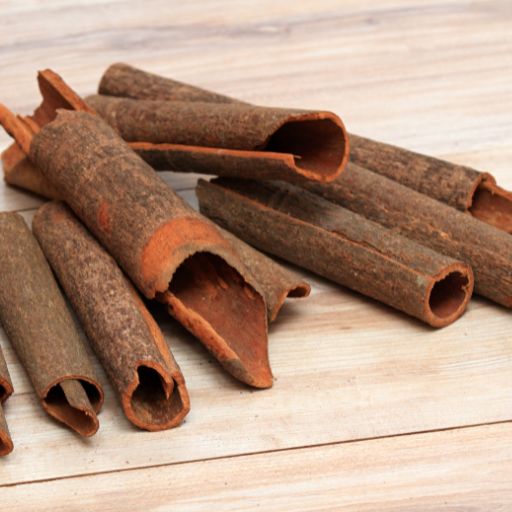
- Origin & History: Native to China; often used as a cheaper alternative to true cinnamon.
- Appearance: Hard, reddish-brown bark sticks.
- Taste & Aroma: Stronger, spicier than Sri Lankan cinnamon.
- Culinary Uses: Curries, braised meats, spiced teas.
- Health Benefits: Anti-inflammatory, supports circulation.
- Fun Fact: Cassia is the type of cinnamon most commonly sold in U.S. supermarkets.
8. Cubeb Pepper
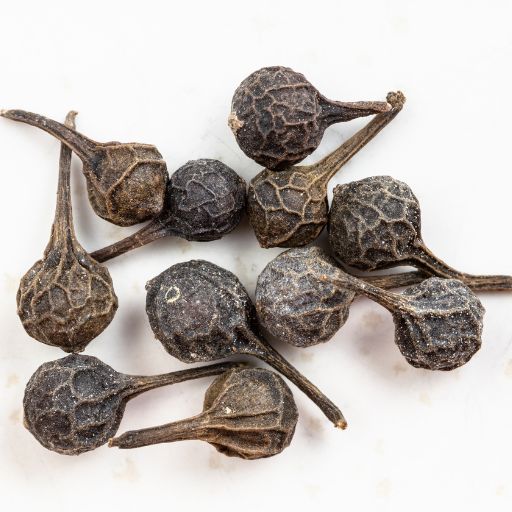
- Origin & History: Native to Java, Indonesia; popular in medieval Europe.
- Appearance: Black, wrinkled pepper-like berries with small stalks.
- Taste & Aroma: Spicy, peppery with hints of allspice.
- Culinary Uses: Used in Moroccan tagines, spice blends, and historic European recipes.
- Health Benefits: Traditionally used for respiratory health.
- Fun Fact: Shakespeare mentioned cubeb in Othello as a symbol of luxury.
9. Caraway Seeds

- Origin & History: Native to Europe and Western Asia; one of the oldest cultivated spices.
- Appearance: Curved, brown ridged seeds.
- Taste & Aroma: Earthy, nutty, with a hint of anise.
- Culinary Uses: Rye bread, sauerkraut, cheeses, and stews.
- Health Benefits: Relieves bloating and indigestion.
- Fun Fact: In folklore, caraway was thought to prevent lovers from straying.
10. Cambodian Pepper (Kampot Pepper)
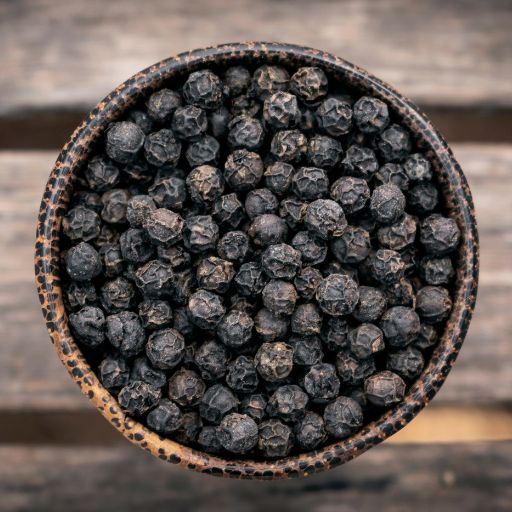
- Origin & History: Grown in Cambodia’s Kampot region for centuries; revived after near extinction in the 20th century.
- Appearance: Black, red, or white peppercorns.
- Taste & Aroma: Complex, floral, with a lingering heat.
- Culinary Uses: Gourmet seasoning for meats, seafood, and sauces.
- Health Benefits: Stimulates digestion and circulation.
- Fun Fact: Recognized as one of the world’s finest peppers, it has a Protected Geographic Indication (like Champagne).
Seasonings that Start with C
1. Cajun Seasoning
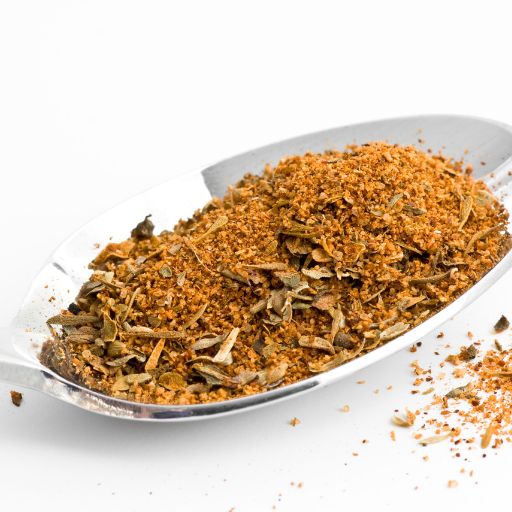
- Origin & History: Originated in Louisiana, influenced by French, African, and Southern cooking.
- Appearance: Reddish blend of paprika, cayenne, garlic, onion, and herbs.
- Taste & Aroma: Spicy, smoky, bold.
- Culinary Uses: Rub for chicken, shrimp, and potatoes.
- Health Benefits: Capsaicin supports metabolism; garlic boosts immunity.
- Fun Fact: Cajun seasoning varies by household—no two blends are identical.
2. Curry Powder
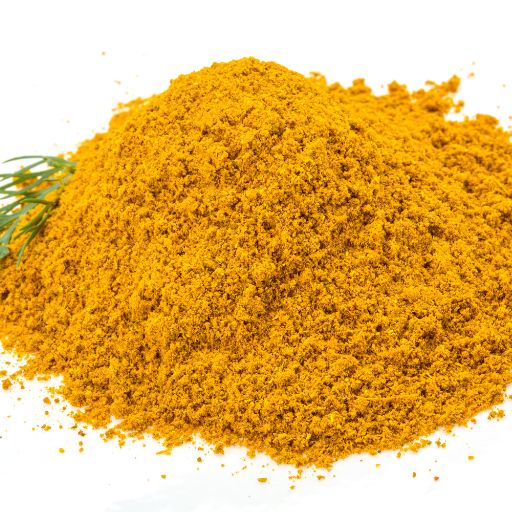
- Origin & History: Created by British colonials in India to mimic Indian spice blends.
- Appearance: Golden-yellow powder.
- Taste & Aroma: Earthy, warm, slightly sweet with heat.
- Culinary Uses: Curries, soups, marinades, and rice.
- Health Benefits: Turmeric inside supports joint health and reduces inflammation.
- Fun Fact: Curry powder as we know it doesn’t exist in traditional Indian kitchens—it’s a Western invention.
3. Creole Seasoning
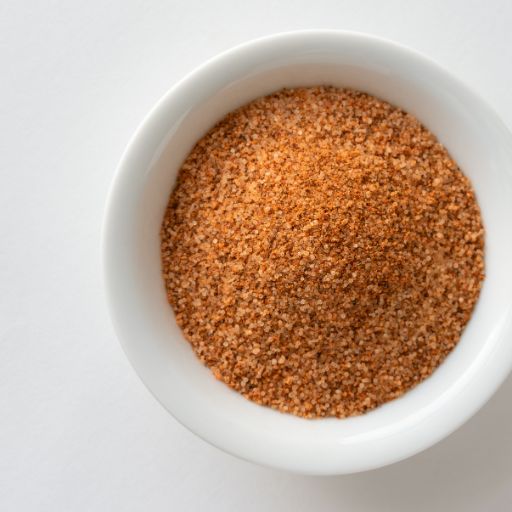
- Origin & History: Developed in Louisiana, blending French, Spanish, African, and Caribbean flavors.
- Appearance: Reddish-brown seasoning mix with herbs and spices.
- Taste & Aroma: Spicy, herby, savory.
- Culinary Uses: Gumbo, jambalaya, grilled meats, and seafood.
- Health Benefits: Herb-rich seasoning boosts antioxidants.
- Fun Fact: Unlike Cajun blends, Creole seasoning uses more herbs like thyme and oregano.
4. Chili-Lime Seasoning
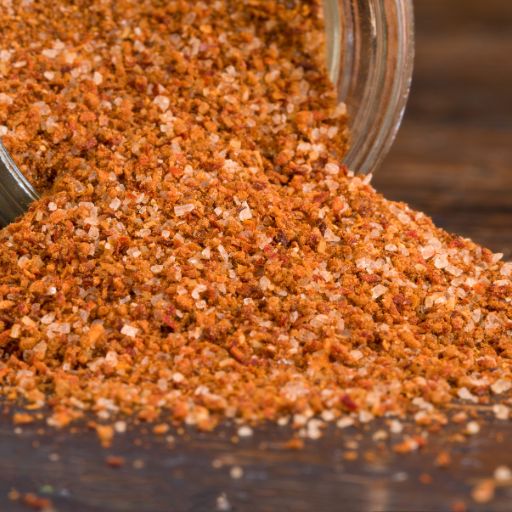
- Origin & History: Popular in Mexico as a tangy street-food flavor enhancer.
- Appearance: Bright red-orange powder.
- Taste & Aroma: Zesty, spicy, citrusy.
- Culinary Uses: Sprinkled on fruit, corn, chips, and meats.
- Health Benefits: Vitamin C from lime; chili stimulates metabolism.
- Fun Fact: The famous Mexican brand Tajín made it a global trend.
5. Celery Salt
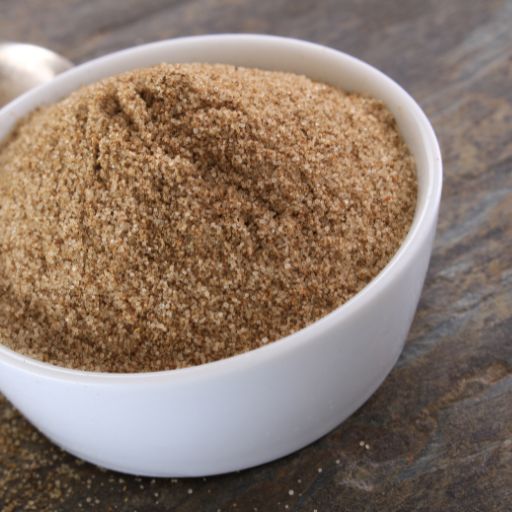
- Origin & History: Common in American cooking; blends ground celery seed with salt.
- Appearance: Pale greenish salt mix.
- Taste & Aroma: Salty, earthy, herbal.
- Culinary Uses: Key in Chicago-style hot dogs, Bloody Mary cocktails, and coleslaw.
- Health Benefits: Provides flavor with less sodium if used in moderation.
- Fun Fact: Was once used as a medicinal tonic before becoming a kitchen staple.
6. Chipotle Seasoning
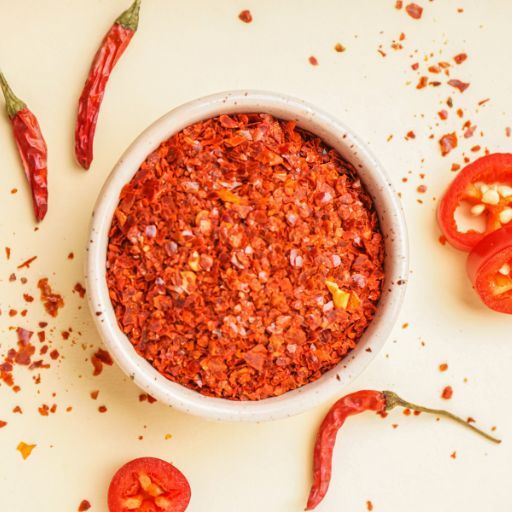
- Origin & History: Rooted in Mexican cuisine; made from smoked, dried jalapeños.
- Appearance: Deep reddish-brown powder.
- Taste & Aroma: Smoky, spicy, slightly sweet.
- Culinary Uses: Marinades, tacos, salsas, grilled meats.
- Health Benefits: Rich in antioxidants and vitamin A.
- Fun Fact: “Chipotle” comes from the Nahuatl word chīlpoctli meaning “smoked chili.”
7. Chimichurri Seasoning
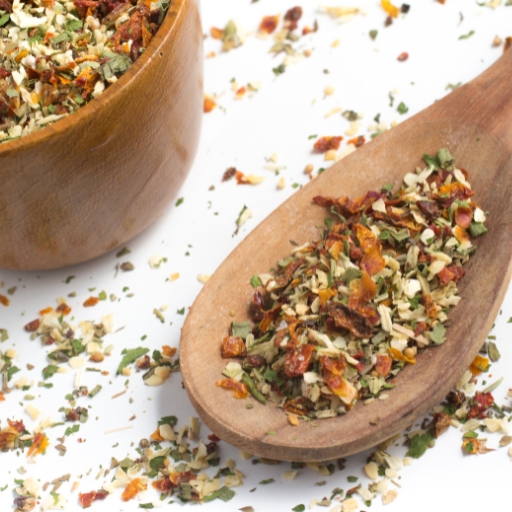
- Origin & History: Traditional Argentinian blend, inspired by the classic chimichurri sauce.
- Appearance: Green, dried herb and spice mix.
- Taste & Aroma: Garlicky, herby, tangy.
- Culinary Uses: Rub for steaks, marinades, and sauces.
- Health Benefits: Herbs provide antioxidants and vitamins.
- Fun Fact: While the sauce is fresh, the seasoning blend makes it easy to enjoy chimichurri year-round.
Herbs that Start with C
1. Cilantro (Coriander Leaves)
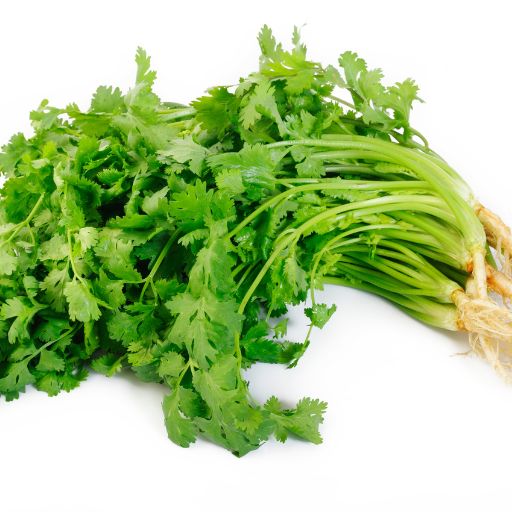
- Origin & History: Native to the Mediterranean and Middle East; one of the oldest cultivated herbs.
- Appearance: Bright green, flat leaves resembling parsley.
- Taste & Aroma: Fresh, citrusy, with a slight peppery bite.
- Culinary Uses: Used in Mexican salsas, Indian chutneys, Thai curries.
- Health Benefits: Detoxifying, supports digestion.
- Fun Fact: Cilantro taste is polarizing—some people perceive it as soapy due to genetics.
2. Chervil

- Origin & History: Native to southern Europe; prized in French cuisine.
- Appearance: Delicate, feathery green leaves.
- Taste & Aroma: Mild, with hints of anise and parsley.
- Culinary Uses: Used in fines herbes blends, soups, and egg dishes.
- Health Benefits: Supports digestion and has mild diuretic properties.
- Fun Fact: Sometimes called “gourmet’s parsley.”
3. Chamomile
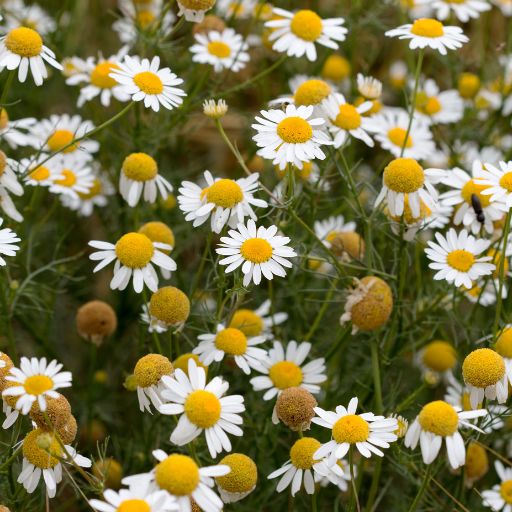
- Origin & History: Ancient herb from Europe and Western Asia, used in Egyptian and Greek medicine.
- Appearance: Daisy-like white and yellow flowers.
- Taste & Aroma: Mild, floral, apple-like.
- Culinary Uses: Herbal teas, syrups, and desserts.
- Health Benefits: Promotes sleep, reduces anxiety, soothes the stomach.
- Fun Fact: In the Middle Ages, chamomile was planted in gardens as a natural air freshener.
4. Catnip

- Origin & History: Native to Europe and Asia; long used as a calming herb for humans and cats.
- Appearance: Gray-green, heart-shaped leaves with small white flowers.
- Taste & Aroma: Minty, slightly lemony.
- Culinary Uses: Herbal teas, natural remedies.
- Health Benefits: Calming, aids sleep, and soothes indigestion.
- Fun Fact: Its essential oils trigger playful reactions in cats.
5. Cress (Garden Cress)
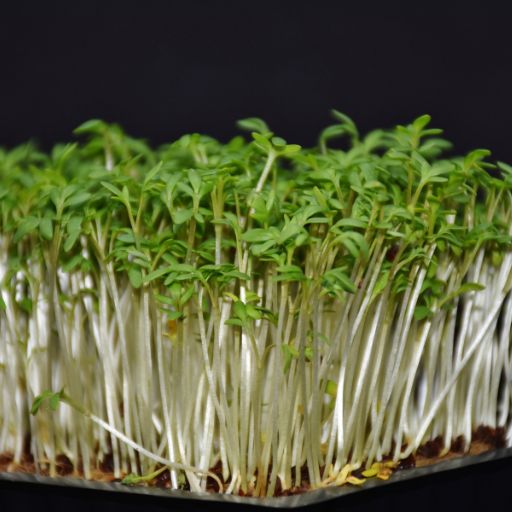
- Origin & History: Native to Persia; cultivated since ancient times.
- Appearance: Small, bright green leaves with thin stems.
- Taste & Aroma: Peppery, sharp, similar to mustard.
- Culinary Uses: Salads, sandwiches, soups.
- Health Benefits: High in vitamin C, supports immunity.
- Fun Fact: Grows very quickly—harvestable within two weeks.
6. Curry Leaves
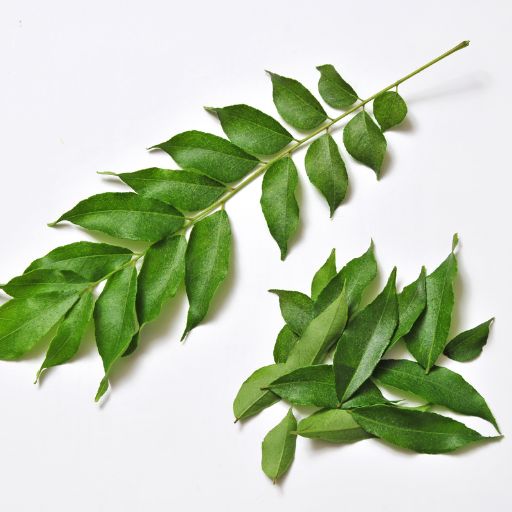
- Origin & History: Native to India and Sri Lanka; essential in South Indian cooking.
- Appearance: Glossy, dark green, aromatic leaves.
- Taste & Aroma: Citrusy, nutty, pungent when fried.
- Culinary Uses: Tempered in hot oil for curries, dals, and chutneys.
- Health Benefits: Rich in antioxidants, supports hair and skin health.
- Fun Fact: Fresh leaves are more flavorful than dried ones and are often grown at home.
7. Comfrey

- Origin & History: Native to Europe and Asia; used in traditional medicine for centuries.
- Appearance: Large, fuzzy green leaves with purple bell-shaped flowers.
- Taste & Aroma: Bitter, earthy (rarely culinary).
- Culinary Uses: Limited culinary use; more common in herbal remedies.
- Health Benefits: Known for healing wounds and reducing inflammation.
- Fun Fact: Also used as a natural fertilizer in organic gardening.
8. Costmary (Alecost)
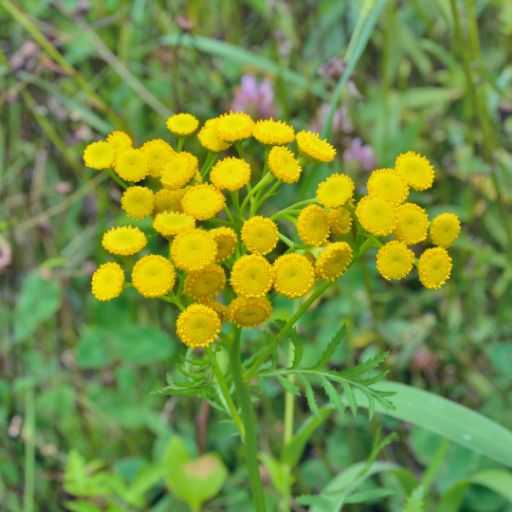
- Origin & History: Medieval European herb; popular in monastery gardens.
- Appearance: Long, narrow green leaves with daisy-like flowers.
- Taste & Aroma: Minty with balsamic and lemon undertones.
- Culinary Uses: Used historically in ales, desserts, and teas.
- Health Benefits: Aids digestion, relieves headaches.
- Fun Fact: Called “Bible leaf” as people once used it as a fragrant bookmark.
9. Culantro
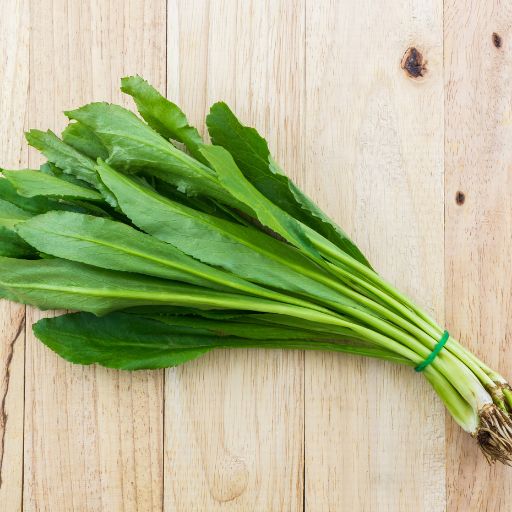
- Origin & History: Native to the Caribbean and Central America; widely used in Latin and Asian cuisines.
- Appearance: Long, serrated dark green leaves.
- Taste & Aroma: Stronger and more pungent than cilantro.
- Culinary Uses: Sofrito, curries, soups, and stews.
- Health Benefits: Supports digestion and reduces inflammation.
- Fun Fact: Despite similar names, culantro and cilantro are different plants.
10. Chinese Chives (Garlic Chives)
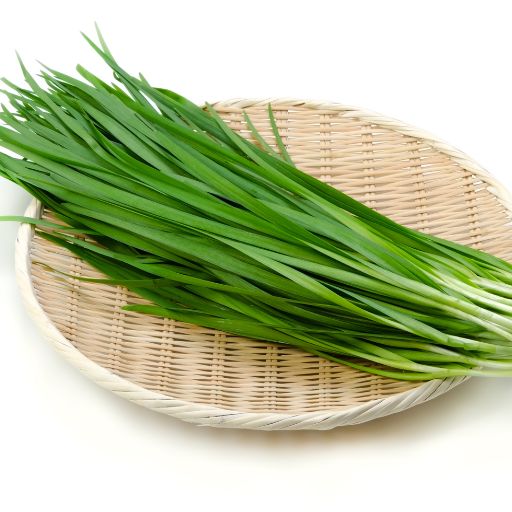
- Origin & History: Native to East Asia; cultivated in Chinese cooking for thousands of years.
- Appearance: Long, flat green leaves, sometimes with edible flowers.
- Taste & Aroma: Mild garlic flavor.
- Culinary Uses: Dumplings, stir-fries, omelets.
- Health Benefits: Rich in vitamins A and C, supports immunity.
- Fun Fact: In China, they’re considered a symbol of everlasting love.
End Note:
The letter C fills the kitchen with contrasts: cinnamon’s cozy sweetness, chili powder’s fiery kick, cilantro’s bright freshness. Together, they show us how food can comfort and excite all at once. Each of these herbs, seasonings, and spices carries a piece of culture and care, reminding us that every meal is a chance to travel, to remember, and to create something worth sharing.
Every spice tells a story — and the ones beginning with C have certainly added warmth and wonder to our kitchen tales. But the journey doesn’t end here! Drift into the next delightful chapter with spices that start with D, where depth, diversity, and a dash of discovery await your taste buds.

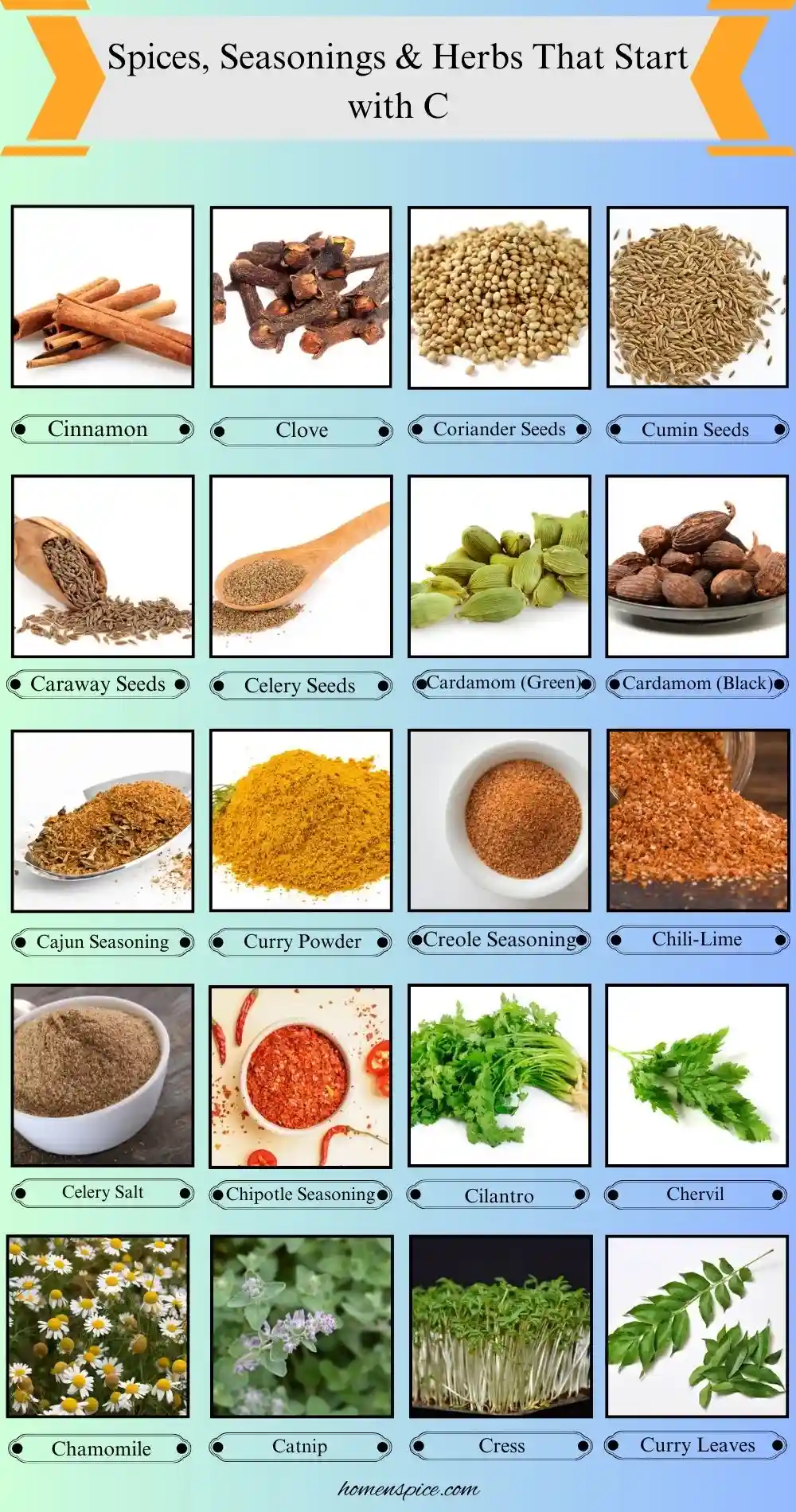
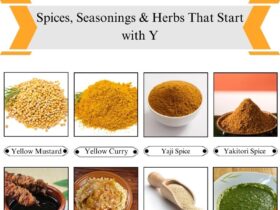
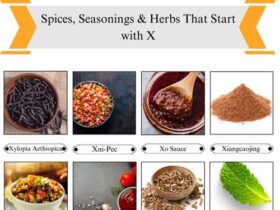
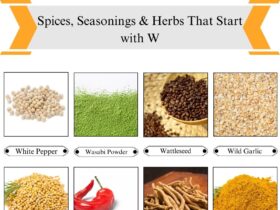


Leave a Reply